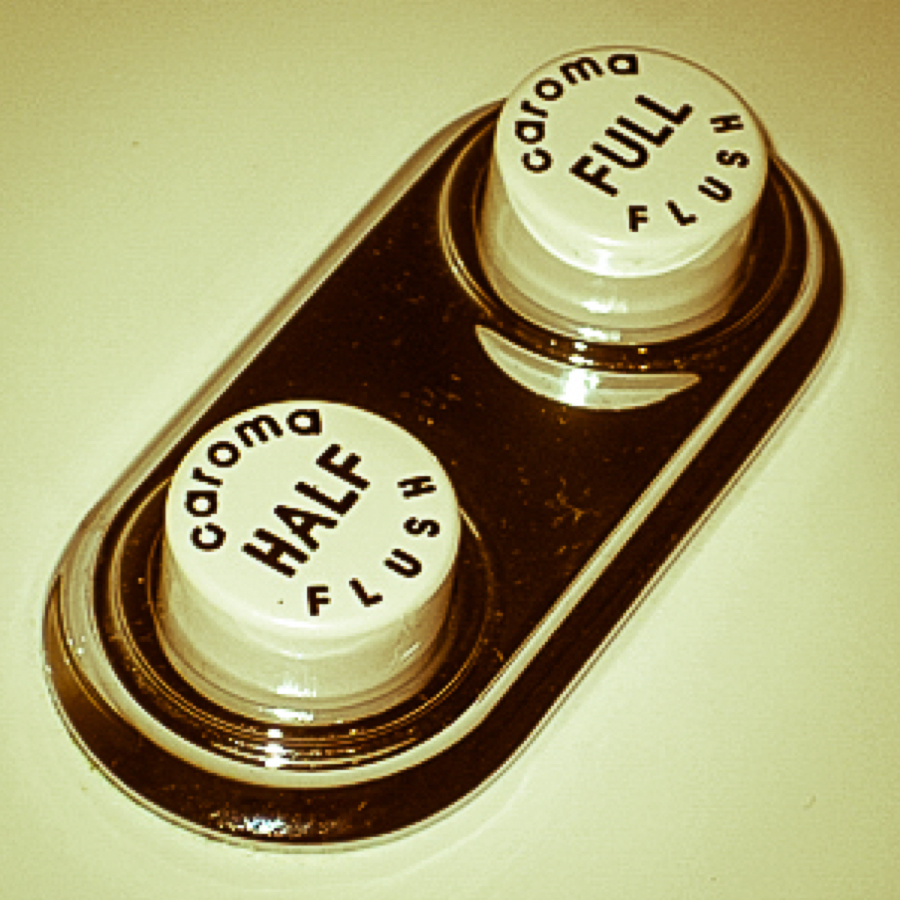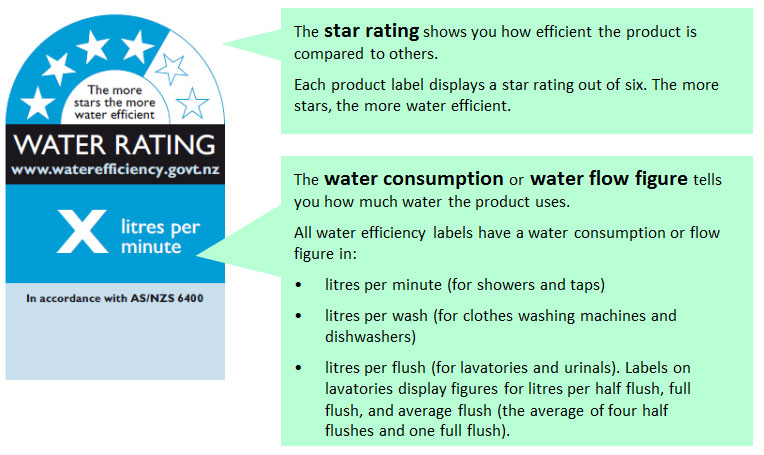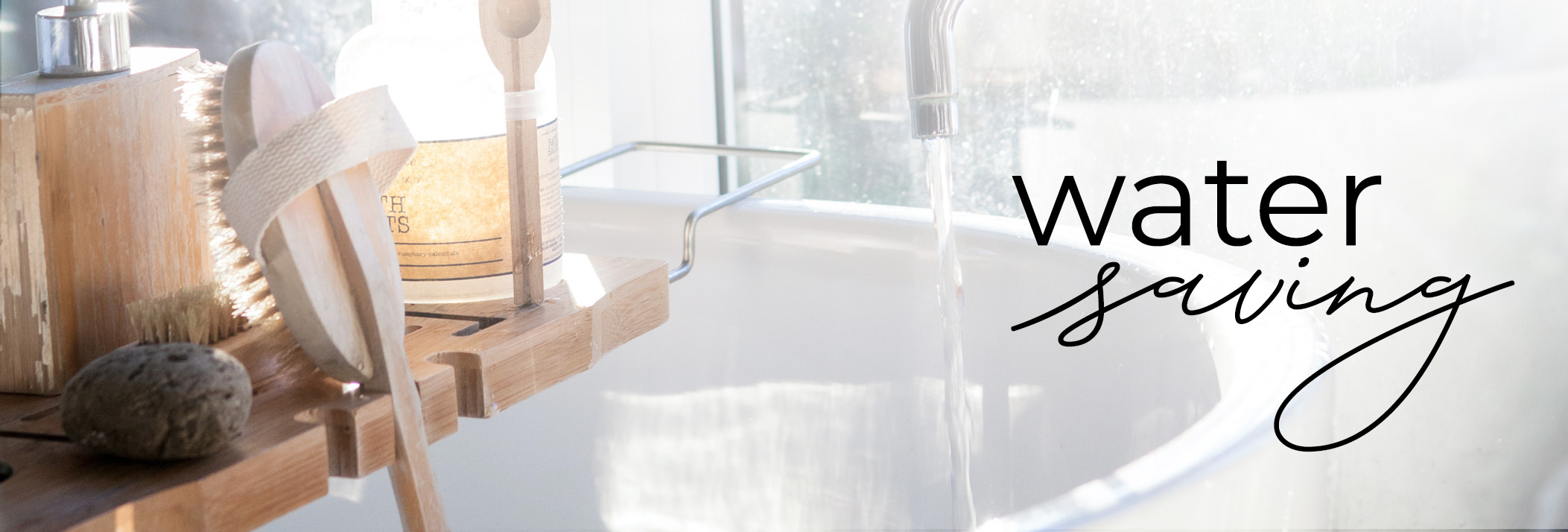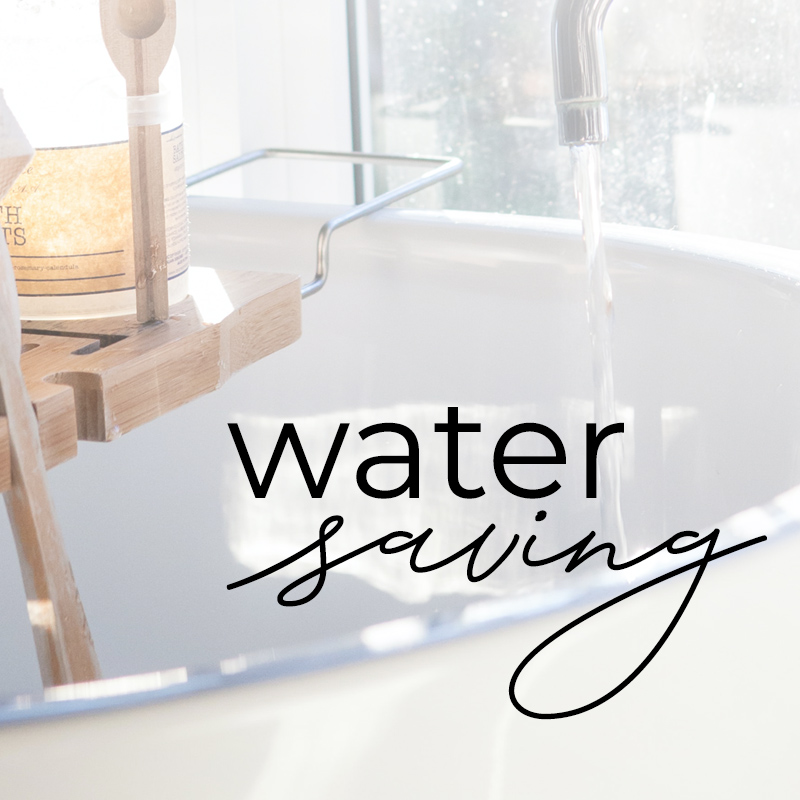SAVE NOW. WATER LATER.
Did you know a leaky tap can waste 2,000 litres or more in a single month! Shorter showers save thousands of litres of water (every minute less saves about 2,500 litres a year!). There is a myriad of easy ways to save our most precious resource for future use - if you have a teenager in the house, water saving devices are a must.
Advice from the experts:
1. Choose Water Efficient Products
WELS stands for Water Efficiency Labelling Scheme. NZ water efficiency label provides information about toilet water consumption and efficiency to help you choose products that use less water.
More stars = More water efficient.
When it’s time to replace that tired tap, toilet or appliance choose models with four stars or more.
Your basin and sink mixers can also be fitted with aerators and flow regulators to reduce the volume of water used.
Water Efficient Toilets are a fantastic way to conserve water as there are two flushing options. For liquid waste a "half flush" of approx. 3 litres is recommended; for solids a "full flush" of 4.5L litres should do the trick and depending on the toilet you have, the amount per flush can vary slightly. WELS labels are displayed on new products only, find them in our catalogue or search by filter on our website.
Have a look at our stock of toilets with 4 Star WELS Rating - Click here.

Fun Fact: World's First Dual Flush. In 1980, Caroma developed the first Dual Flush toilet. This saved approx. 32,000 litres of water per household due to the full flush/half flush technology it introduced. This initally allowed home owners and businesses the option of 11 or 5.5 litres per flush. This is now 4.5/3 litres.
Look out for WELS ratings in-store

2. Install Water Efficient Systems
Talk to your plumber about installing a water-efficient plumbing system
Ask your plumber to investigate the possibility of installing a pressure limiting valve, flow restrictors, and how best you can minimize pipe runs from water heating appliances to high demand sections of the home. Less wasted time (and water) waiting for the desired temperature will over the product's lifetime more than recoup any upfront cost.
While mains pressure is common and desirable, low pressure systems use less water.
3. Rainwater Harvesting
Rainwater can be collected from your roof and be used for everyday usage*
*You can use the water for watering your garden, washing clothes and flushing your toilet. And if the water is treated or purified, you can use it for drinking and bathing. It's best to contact local council for any regulations or consent needed around Rainwater Harvesting before purchasing products.
For more information: Download this government info pamphlet - Click here.
Quick Tips for Home¹
- Every minute that you don't spend in the shower saves 9 litres of water. Reduce your shower by one minute, and you'll save about 3,000 litres of water a year.
- Turn off the tap when shaving or brushing teeth: a running tap wastes about 5 litres per minute.
- Plug that sink when you're preparing vegetables. It'll save you up to 7.5 litres per minute.
- No half measures in the kitchen or laundry: a full load of dishes or laundry uses less water and power than two half loads.
- A scrape will do! Today's modern dishwashers and detergent mean there's no need to pre-rinse, just scrape and pop the dishes in the machine - give it a go, you might be surprised by the results.
1* Revised content. codc.govt.nz
Please leave a comment!
Comment ways you have found to consume less water.


0 Comments